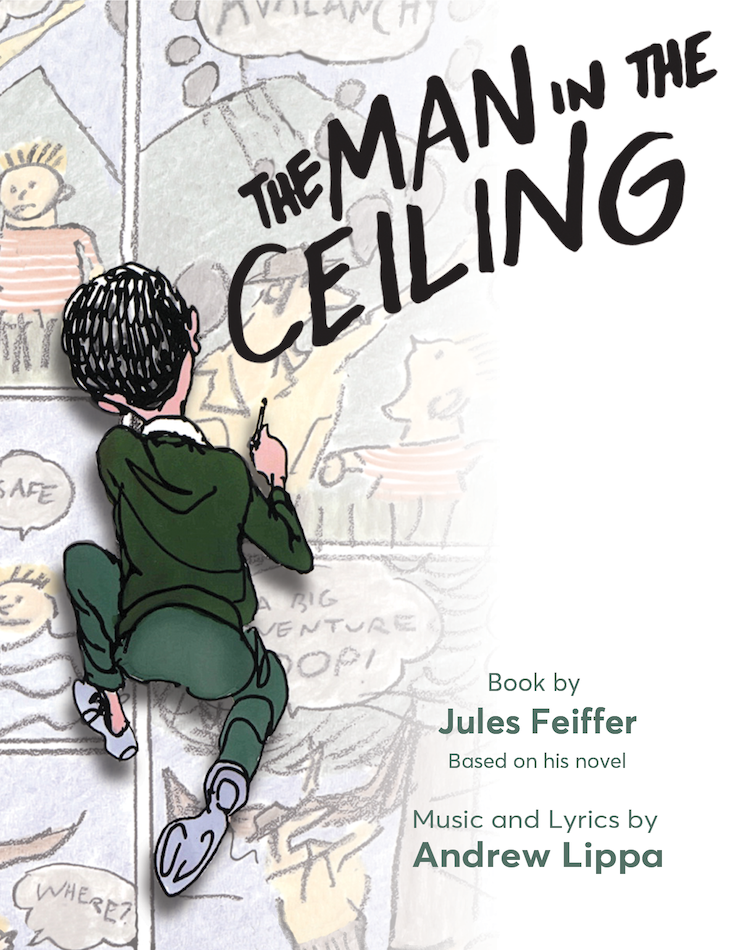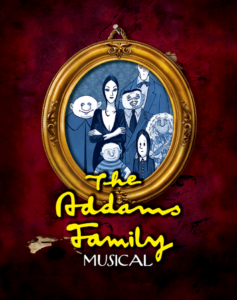Overview
12 year-old Jimmy Jibbett would rather be a successful cartoonist than be in 7th grade. His father disapproves. His mother is busy. His uncle tries to understand but is too wrapped up trying to write a love song for his next flop musical. Where can Jimmy turn for inspiration and hope? Maybe THE MAN IN THE CEILING can lead him to his true destiny…If only Jimmy would look up!
A collaboration between Jules Feiffer, the Pulitzer-Prize-winning cartoonist and celebrated author, and Tony-nominated composer-lyricist Andrew Lippa, THE MAN IN THE CEILING is an uplifting tale about following your creative passion against all odds.
Casting & Production
Casting
JIMMY JIBBETT — 12 (unchanged voice; any race), Boy cartoonist
Vocal range: low A to high E
FATHER — 30’s- early 40’s (any race): Jimmy’s “trying-to-understand-it-all-but-lost-in-his-old-habits” dad.
Vocal range: High Baritone
MOTHER — 30’s- early 40’s (any race), Jimmy’s interior designer of a mother who is often on the phone, texting or rushing to the next whatever, but not really “there”.
Vocal range: Soprano/Mix with some belt
UNCLE LESTER — 40’s (any race), Jimmy’s songwriter of an uncle who can’t pay the rent and, therefore, lives with the family. He’s Mother’s brother and Father thinks he’s a floperoo.
Vocal range: Tenor-ish (needs strong A-flat)
LISI — 15-18 (any race), Jimmy’s bossy, loud, bossy, in your face, bossy sister. But she really loves Jimmy’s comics. And she’s bossy.
Vocal range: Belt with strong soprano
CHARLEY BEEMER — 15-18 (any race), The athletic boy next door who Jimmy wants to befriend and impress and who Father wishes Jimmy was more like.
Vocal range: Tenor
Reviews
“The high points of this show are musical, with Mr. Lippa providing a sublime Act I duet, “Disappear.”
—The New York Times
“Endlessly imaginative and whimsical … pure theatrical joy.”
—Dan’s Papers
“This collaboration between writer Mr. Feiffer and composer Andrew Lippa bounces along with high-voltage energy to its exuberant end.”
—27 East
“The Man in the Ceiling is a show that will stir emotions, make you laugh and in the end leave you gleeful.”
—Hamptons.com
Orchestral Information
4 Musicians
Piano
Drums/Percussion
Cello
Viola
Credits
THE MAN IN THE CEILING
Music and Lyrics by ANDREW LIPPA
Book by JULES FEIFFER
Based on the book THE MAN IN THE CEILING by JULES FEIFFER








